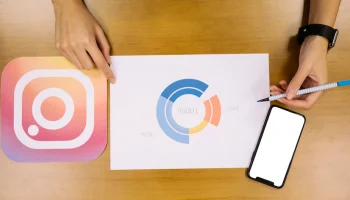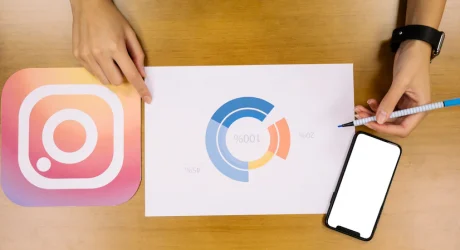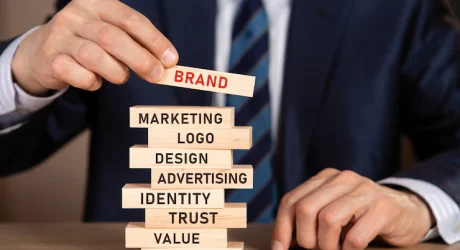If you are looking for a way to promote your business, network with potential customers and partners, and learn from industry experts, then consider attending a trade show.
But what is a trade show? How does a trade show work and how can you benefit from it?
If these are some of the things that you are wondering, I have you covered! So, keep on reading this blog till the end to learn more…
What is a Trade Show?
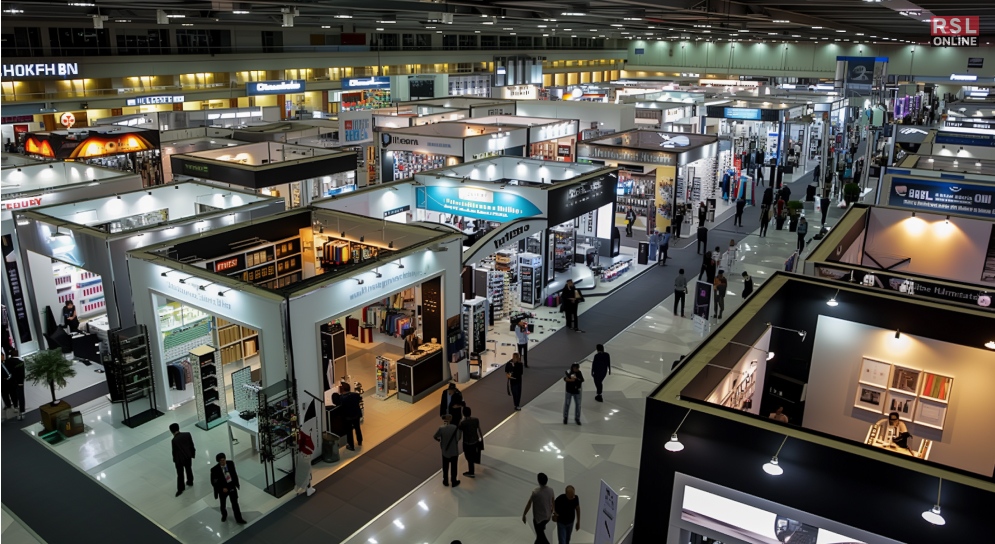
A trade show, also known as a trade fair or an exhibition, is an event where businesses showcase their products and services to a specific audience, usually in a related industry or sector.
Trade shows are held in various locations and formats, ranging from large-scale international expos to small-scale local fairs.
Now, there is one thing that you need to keep in mind! When there is a business, there is a promotion for the products. And THAT is where a trade show model comes into play!
A trade show model is a person who represents a business at a trade show, either by demonstrating a product, handing out flyers, collecting leads, or engaging with visitors. A trade show model can help you attract attention, generate interest, and create a positive impression of your brand.
But does hiring a model for your trade show guarantee you success? Nope! In order to have a successful trade show experience, you need to plan ahead, prepare well, and also, follow up effectively!
Tips and Tricks: How to Make the Most Out of a Trade Show?

Yes, so as I was saying. To get profit out of a trade show is not a piece of cake. The trade shows have changed over time due to the rise in direct-to-customer (DTC) selling. And considering that, it is important that brands adapt to the new and changing landscape!
It is important that brands or companies stand out at trade shows. For this, they can create experiential events, partner with influencers and leverage social media.
But is that all?
Hey, what am I here for?
I am here with some tips that you can follow if you want to have a successful and pleasant trade show experience. And for your convenience, I have divided this into three parts: the before, the during, and the after.
So, here are the tips that you need to know:
Before the Trade Show
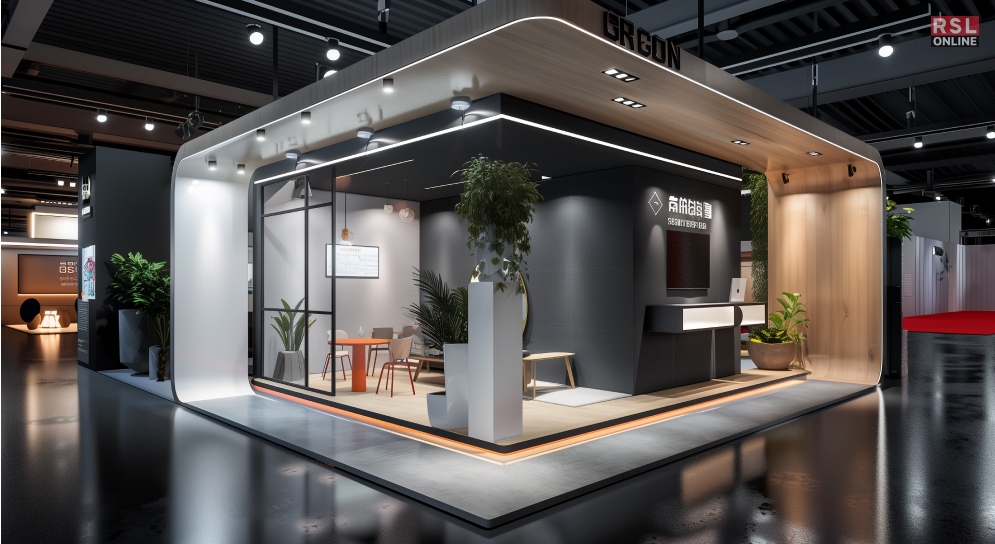
Trade shows can be quite a task. And there can be several things that you would want to keep in mind. But let me make it easier for you.
Here are some of the things that you need to do before your trade show:
1. Do Your Research
First things first, find out as much as you can about the trade show you are attending. These can be about the theme, the agenda, the exhibitors, the attendees, and the venue.
This will help you set your goals, budget, and strategy for the event. You can also use this information to tailor your marketing materials, pitch, and offer to the specific audience and context of the trade show.
2. Choose your booth
Secondly, depending on the size and layout of the trade show, you may have different options for your booth design and location. You want to choose a booth that is eye-catching, functional, and accessible.
You also want to consider the traffic flow, the lighting, the noise level, and the proximity to your competitors and complementary businesses.
Furthermore, you can consult with the trade show organizers or a professional booth designer to help you make the best decision.
3. Prepare your materials
Thirdly, it is important that you have enough appropriate materials to display and distribute at your booth. Some of these include banners, posters, brochures, flyers, business cards, samples, giveaways, and so on.
You also need to have the necessary equipment and tools, such as a laptop, a projector, a screen, a microphone, a camera, a scanner, and so on.
You should test your materials and equipment before the trade show to make sure they work properly and look professional.
4. Train your staff
And lastly, you need to have a well-trained and motivated team to represent your business at the trade show. You should select your staff based on their skills, experience, and personality.
You should also provide them with clear roles, responsibilities, and expectations. Additionally, you should train them on how to greet, communicate, and interact with visitors, demonstrate and explain your products and services, collect and qualify leads, and handle objections and questions.
You should also brief them on the trade show details, such as the schedule, the dress code, the etiquette, and the emergency procedures.
During the Trade Show
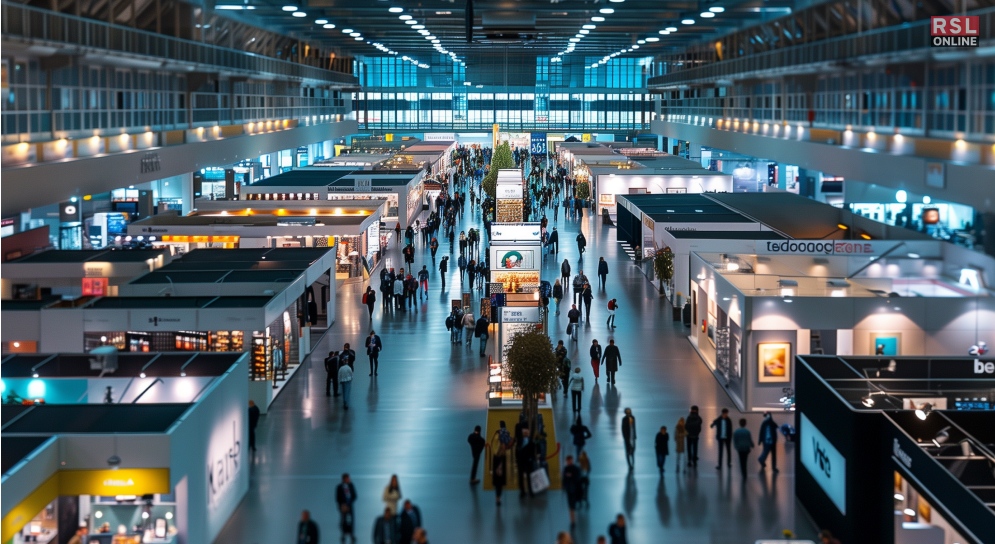
Now that you know what you need to do before the start of your trade show, it is time for you to ensure that things go smoothly during the trade fair is on.
Here are some of the things that you need to do:
1. Arrive early
Firstly, you must arrive at the trade show venue at least a few hours before the event starts to set up your booth, check your materials and equipment, and familiarize yourself with the surroundings.
You should also take this opportunity to network with other exhibitors, organizers, and media representatives and to scout your competition and potential partners.
2. Be proactive
Secondly, it is very important that you are proactive when it comes to your trade fair. You should not wait for visitors to come to your booth but rather approach them and invite them to check out your products and services.
Rather, you should use open-ended questions, eye contact, and body language to engage them and spark their curiosity. You should also use your trade show model to attract attention and generate interest by having them perform a demonstration, hand out a flyer, or offer a sample.
Additionally, you should also take advantage of the trade show activities. These include seminars, workshops, panels, and contests, to showcase your expertise, learn from others, and build relationships.
3. Be informative
Thirdly, you should not just tell visitors what your products and services are but show them how they can benefit. You should use stories, examples, testimonials, and statistics to illustrate your offer’s value and uniqueness.
You should also use visuals, such as images, videos, charts, and graphs, to support your claims and make them more memorable.
Moreover, you should also be prepared to answer any questions, objections, or concerns visitors may have and provide them with additional information, such as a brochure, a website, or a contact number.
4. Be courteous
Lastly, you MUST treat every visitor with respect, professionalism, and enthusiasm. You should listen to their needs, wants, and preferences and offer them a solution that matches their expectations.
Do not ever take the visitors for granted. You should also respect their time, attention, and privacy and avoid being pushy, aggressive, or intrusive.
You should also thank them for their interest and ask for their permission to follow up with them after the trade show.
After the Trade Show

Last but not least, what do you need to do after the trade show end? Yes, you heard that right!
You see, your job does not get done after the fair ends. Rather, it can be the beginning of a new journey for your brand. Therefore, ensure that you treat it like one!
Here are some of the things that you need to do after your trade show gets over:
1. Follow up
First things first, always remember to follow up. You should not let the leads and contacts you have collected at the trade show go to waste, but rather follow up with them as soon as possible, preferably within a week.
You should send them a personalized email, phone call, or message reminding them of your products and services and offering them a special deal, a free trial, a consultation, or a demonstration.
Additionally, you should also ask them for their feedback, suggestions, and referrals and invite them to stay in touch with you through your website, social media, or newsletter.
2. Evaluate
Ans lastly, you should measure the results and outcomes of your trade show participation and compare them with your goals, budget, and strategy.
You should use quantitative and qualitative indicators, such as the number of leads, sales, and referrals, the quality of leads, sales, and referrals, the return on investment, customer satisfaction, and brand awareness.
You should also identify your trade show performance’s strengths, weaknesses, opportunities, and threats and use them to improve your future trade show experiences.
Case Studies: How have Trade Shows Helped Business?
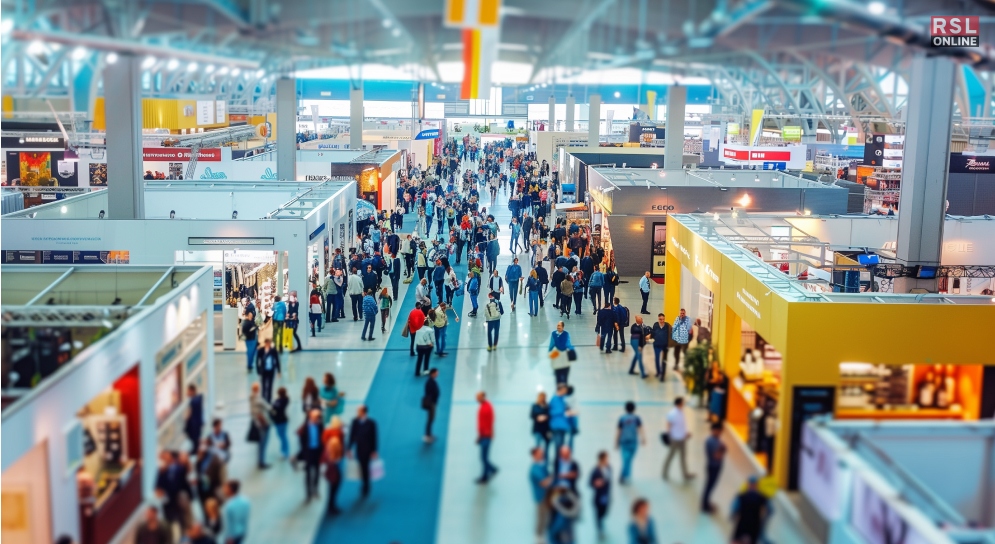
One article published in Forbes stated how brands can generate more return on investment (ROI) from trade shows by thinking outside the booth. And this is something that has really helped many businesses make profits.
Here are some examples and ways that will show you how trade shows can really help you and your company or products grow:
1. Generating New Sales Leads
Trade shows attract potential customers and clients who are interested in your industry and solutions. You can use your booth, trade show model, and marketing materials to capture their attention, interest, and contact details.
You can also use trade show activities, such as seminars and workshops, to demonstrate your expertise and value proposition. For example, Vispronet, a company that provides custom-printed display products, reported that they generated over 500 leads from a single trade show.
2. Launching a New Product
Trade shows are a great platform for introducing a new product. You can offer hands-on demonstrations and show the benefits and features of your product.
You can also get immediate feedback and reactions from your target audience and the media. For example, ProExhibits, a company that designs and builds trade show exhibits, helped their client CHARNAUD, a manufacturer of protective clothing, launch a new product line at a trade show.
The product launch was a success, as CHARNAUD received positive media coverage, increased brand awareness, and generated over 100 qualified leads.
3. Connecting with Your Customers
Trade shows allow you to meet your existing and potential customers face-to-face, which can strengthen your business relationships and trust. You can also address their questions, concerns, and needs in person and offer personalized solutions.
For example, Global Expo, a company that organizes trade shows for small businesses, helped their client Unique Exhibitions, a provider of exhibition stands, connect with their customers at a trade show. The trade show resulted in increased customer satisfaction, loyalty, and retention.
4. Boosting Brand Awareness
Trade shows can help you increase your brand visibility and recognition in your industry and among your target audience. You can use your booth design, trade show model, and promotional materials to communicate your brand identity, values, and message.
You can also use the trade show media coverage and social media buzz to reach a wider audience and generate positive publicity.
For example, Forbes featured a case study of Excel Capital Management, a company that provides financing solutions for small businesses, and how they boosted their brand awareness by exhibiting at a trade show. The trade show helped them establish their credibility, authority, and reputation in their niche.
5. Researching the Market and the Competition
Trade shows can help you stay updated on your industry’s latest trends, innovations, and challenges. You can use the trade show exhibits, seminars, and publications to learn about the new products, processes, and strategies of your competitors and other players in your field.
You can also use the trade show interactions and surveys to gather market intelligence and customer insights. For example, G2, a company that provides software reviews and comparisons, attended a trade show to research the market and the competition for their product.
They learned about the pain points, preferences, and expectations of their target audience, as well as their competitors’ strengths, weaknesses, and opportunities.
Wrapping It Up!
If you wanted to know about what a trade show is and how to have a successful experience, I hope that this blog has been of help to you. If there are any other queries related to the same, please feel free to let me know. All that you need to do is scroll down till you reach the bottom of the page. Then leave your comments and queries in the box below. And I will be there to answer them all for you!
Read Also:















